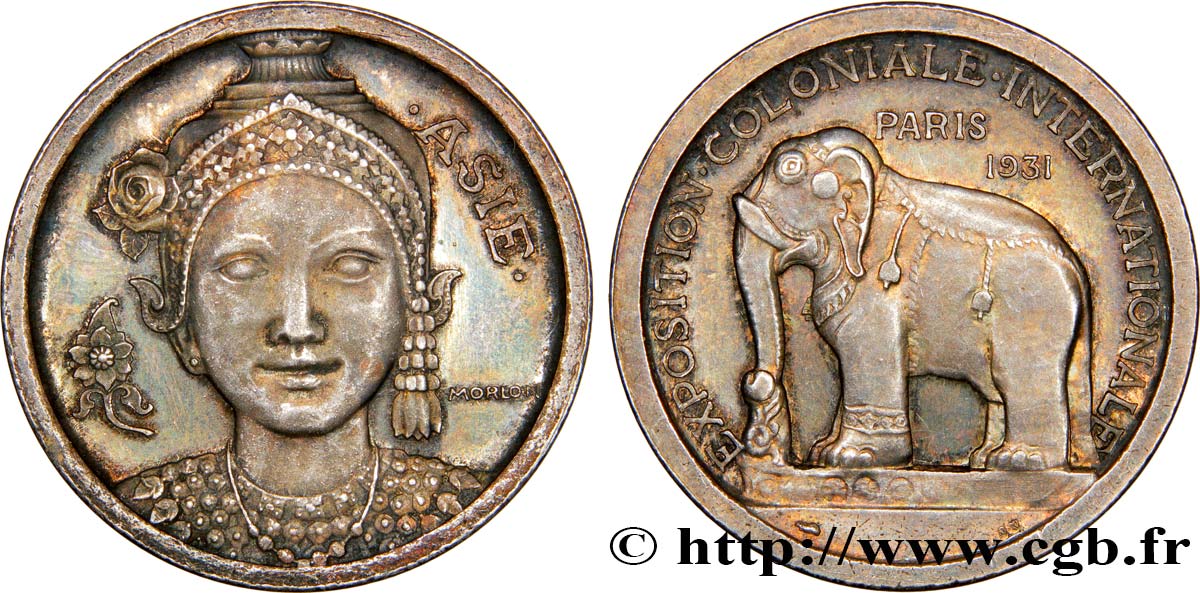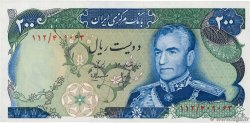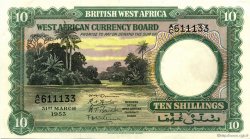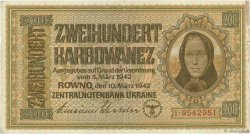E-auction 72-35451 - fjt_04606 - EXPOSITIONS DIVERSES ASIE en cuivre argenté 1931
Devi Sign-in ed essere un offerente approvato fare un'offerta, Login per fare offerte. Conti sono soggetti ad approvazione e di approvazione sono raggiunti entro 48 ore. Non aspettare fino al giorno di una vendita si chiude per registrarti.Confermando la tua offerta su questo oggetto ti impegni ad un contratto legalmente vincolante per l'acquisto di questo prodotto e fare clic su «offerta» costituisce accettazione dei termini di utilizzo de e-auctions cgb.fr.
Offerta deve essere collocato in euro gli importi interi vendita only.The si chiuderà al momento sulla descrizione dell'oggetto, eventuali offerte pervenute al sito dopo l'orario di chiusura non verranno eseguite. Volte transmition possono variare e le offerte potrebbero essere respinto se si attende per gli ultimi secondi. Per ulteriori informazioni ckeck le FAQ.
SENZA COSTI PER GLI ACQUIRENTI.
SENZA COSTI PER GLI ACQUIRENTI.
| Valutazione : | 58 € |
| Prezzo : | 19 € |
| Offerta maxima : | 20 € |
| Data di fine vendita : | 01 settembre 2014 18:46:30 |
| partecipanti : | 6 partecipanti |
Tipo : ASIE en cuivre argenté
Data: 1931
Metallo : rame argentato
Diametro : 32 mm
Asse di coniazione : 12 h.
Orlo : lisse
Grado di rarità : R1
N° nelle opere di riferimento :
Diritto
Titolatura diritto : ASIE.
Descrittivo diritto : Visage de danseuse khmère de face.
Rovescio
Titolatura rovescio : 1931 - EXPOSITION COLONIALE INTERNATIONALE DE PARIS.
Descrittivo rovescio : Statue d'un éléphant.
Commento
Ces jetons, remarquables exemples de la gravure de l'entre deux guerres, ne se trouvent usuellement qu'en cuivre.
La première Exposition Universelle Coloniale générale eut lieu à Paris du 6 mai au 15 novembre 1931. Elle réunissait les colonies des quatre continents : l'Afrique du Nord, l'AOF et l'AEF, Madagascar, les Comores et la Réunion ; l'Amérique avec le Canada et les Iles, la Guyane ; l'Asie avec l'Indochine ; l'Océanie avec la Polynésie. En six mois, il y eut plus de 22,5 millions de visiteurs. L'exposition se déroulait pour la plus grande partie dans le bois de Vincennes et entre la Porte Dorée, la Porte de Saint-Mandé et la Porte de Vincennes. Le clou de l'exposition était la reconstitution du Temple d'Angkor. Il subsiste de cette exposition le musée des Colonies et le zoo de Vincennes.
These tokens, remarkable examples of interwar engraving, are usually found only in copper. The first general Universal Colonial Exposition took place in Paris from May 6 to November 15, 1931. It brought together the colonies of the four continents: North Africa, French West Africa and French East Africa, Madagascar, the Comoros and Réunion; America with Canada and the Islands, Guyana; Asia with Indochina; Oceania with Polynesia. In six months, there were more than 22.5 million visitors. The exhibition took place for the most part in the Bois de Vincennes and between the Porte Dorée, the Porte de Saint-Mandé and the Porte de Vincennes. The highlight of the exhibition was the reconstruction of the Temple of Angkor. The Musée des Colonies and the Vincennes Zoo remain from this exhibition.
La première Exposition Universelle Coloniale générale eut lieu à Paris du 6 mai au 15 novembre 1931. Elle réunissait les colonies des quatre continents : l'Afrique du Nord, l'AOF et l'AEF, Madagascar, les Comores et la Réunion ; l'Amérique avec le Canada et les Iles, la Guyane ; l'Asie avec l'Indochine ; l'Océanie avec la Polynésie. En six mois, il y eut plus de 22,5 millions de visiteurs. L'exposition se déroulait pour la plus grande partie dans le bois de Vincennes et entre la Porte Dorée, la Porte de Saint-Mandé et la Porte de Vincennes. Le clou de l'exposition était la reconstitution du Temple d'Angkor. Il subsiste de cette exposition le musée des Colonies et le zoo de Vincennes.
These tokens, remarkable examples of interwar engraving, are usually found only in copper. The first general Universal Colonial Exposition took place in Paris from May 6 to November 15, 1931. It brought together the colonies of the four continents: North Africa, French West Africa and French East Africa, Madagascar, the Comoros and Réunion; America with Canada and the Islands, Guyana; Asia with Indochina; Oceania with Polynesia. In six months, there were more than 22.5 million visitors. The exhibition took place for the most part in the Bois de Vincennes and between the Porte Dorée, the Porte de Saint-Mandé and the Porte de Vincennes. The highlight of the exhibition was the reconstruction of the Temple of Angkor. The Musée des Colonies and the Vincennes Zoo remain from this exhibition.








 Segnalare un errore
Segnalare un errore Stampate la pagina
Stampate la pagina Condividi mia selezione
Condividi mia selezione Fai una domanda
Fai una domanda Consegnare / vendere
Consegnare / vendere
 Descrittivo
Descrittivo










